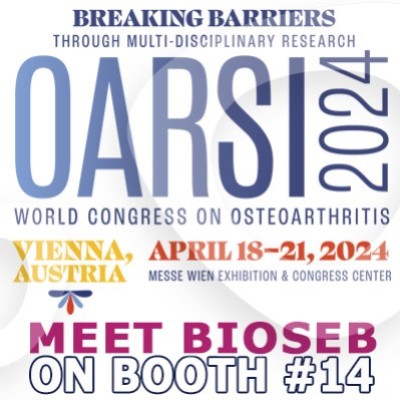Authors
SG Liva, YC Tseng, AM Dauki, MG Sovic, T Vu et al
Lab
Division of Pharmaceutics and Pharmacology, College of Pharmacy, The Ohio State University, Columbus, OH, USA
Journal
EMBO Molecular Medicine
Abstract
No approved therapy exists for cancer-associated cachexia. Thecolon-26mouse model of cancer cachexia mimics recent late-stage clinical failures of anabolic anti-cachexia therapy and was unresponsive to anabolic doses of diverse androgens, including the selective androgen receptor modulator (SARM) GTx-024. The histone deacetylase inhibitor (HDACi) AR-42exhibited anti-cachectic activity in this model. We explored combined SARM/AR-42 therapy as an improved anti-cachectic treatment paradigm. A reduced dose of AR-42provided limited anti-cachectic benefits, but, in combination with GTx-024, significantly improved bodyweight, hindlimb muscle mass, and grip strength versus controls.AR-42suppressed the IL-6/GP130/STAT3signaling axis in muscle without impacting circulating cytokines. GTx-024-mediatedb-catenin target gene regulation was apparent in cachectic mice only when combined with AR-42. Our data suggest cachectic signaling in this model involves catabolic signaling insensitive to anabolic GTx-024therapy and a blockade of GTx-024-mediatedanabolic signaling. AR-42mitigates catabolic gene activation and restores anabolic responsiveness to GTx-024. Combining GTx-024,a clinically established anabolic therapy, with AR-42, a clinically evaluated HDACi, represents a promising approach to improve anabolic response in cachectic patients.
BIOSEB Instruments Used:
Grip strength test (BIO-GS3)

 Douleur - Allodynie/Hyperalgésie Thermique
Douleur - Allodynie/Hyperalgésie Thermique Douleur - Spontanée - Déficit de Posture
Douleur - Spontanée - Déficit de Posture Douleur - Allodynie/Hyperalgésie Mécanique
Douleur - Allodynie/Hyperalgésie Mécanique Apprentissage/Mémoire - Attention - Addiction
Apprentissage/Mémoire - Attention - Addiction Physiologie & Recherche Respiratoire
Physiologie & Recherche Respiratoire
 Douleur
Douleur Métabolisme
Métabolisme Système moteur
Système moteur Neurodégénérescence
Neurodégénérescence Thématiques transversales
Thématiques transversales Système musculaire
Système musculaire Functions de motricité générale
Functions de motricité générale Troubles de l'humeur
Troubles de l'humeur Autres pathologies
Autres pathologies Articulations
Articulations Système Nerveux Central (SNC)
Système Nerveux Central (SNC)  Système sensoriel
Système sensoriel Bioseb on booth #14 at OARSI 2024 in Vienna
Bioseb on booth #14 at OARSI 2024 in Vienna 